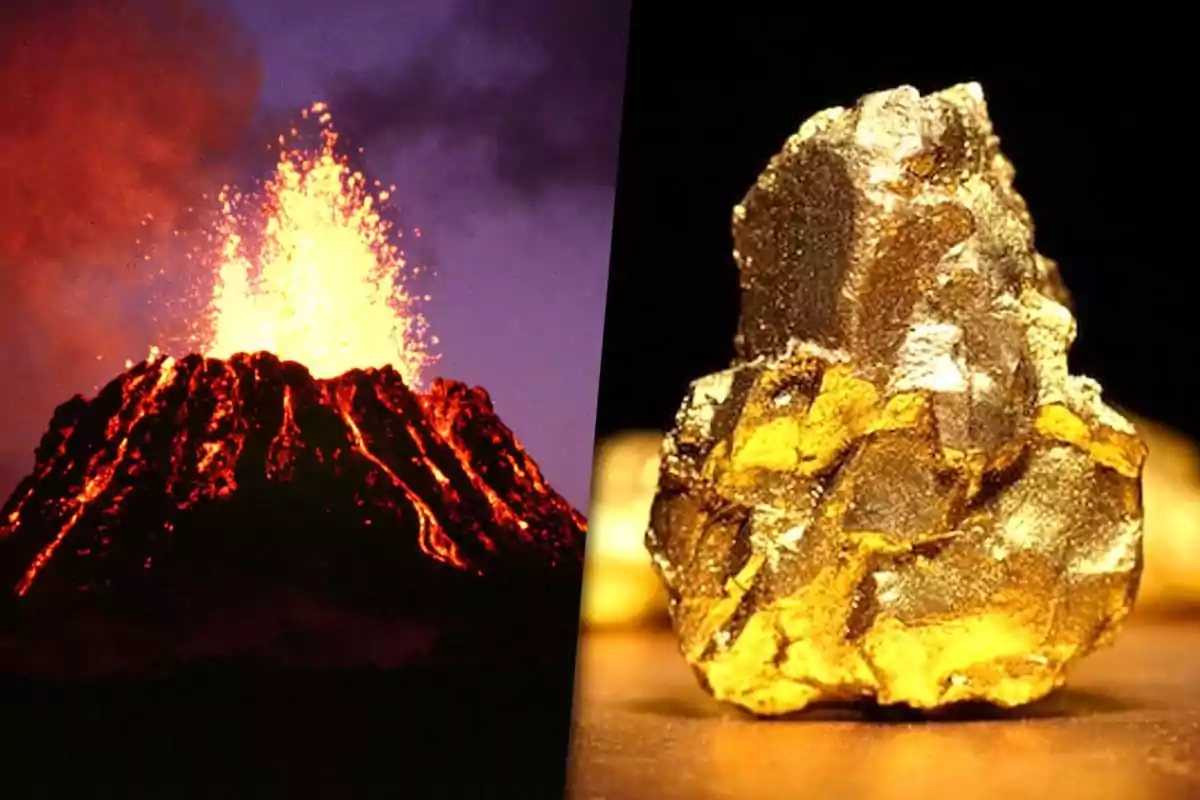
The Earth's core could be releasing gold to the surface
Traces of gold and ruthenium from the Earth's core were detected in volcanic rocks
German researchers detected signals from the Earth's core in volcanic rocks from Hawaii. The finding suggests that precious metals like gold could be rising from the heart of the planet.
More than 99.999% of the planet's gold is trapped in the core, about 3,000 km deep. A study published in Nature revealed that part of that material might be rising to the surface.
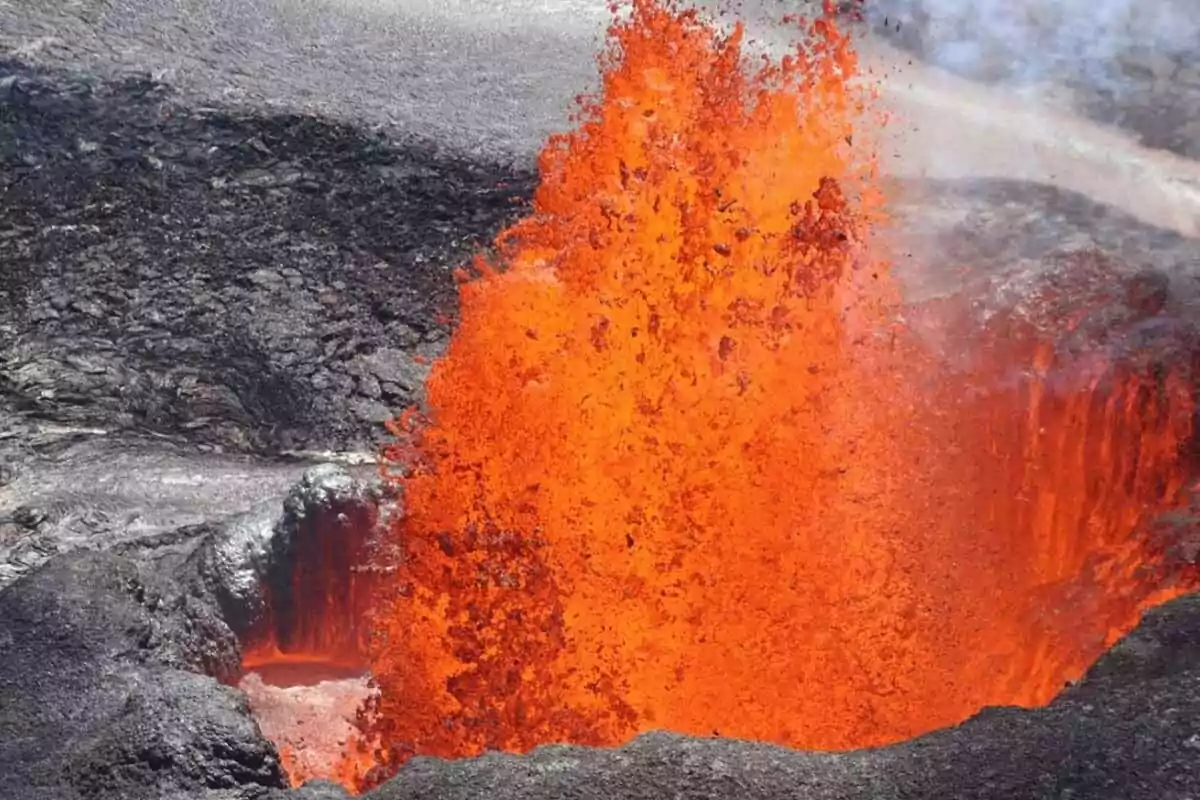
The key was detecting an unusual signal of the isotope 100Ru in rocks of volcanic origin.
What is ruthenium and why is it so important?
Ruthenium (Ru) is a precious metal that formed alongside gold 4.5 billion years ago. In the core, there is a particular version of this metal: the isotope 100Ru, almost impossible to identify until now.
Thanks to new methods developed in Germany, its presence was tracked in Hawaiian lavas.
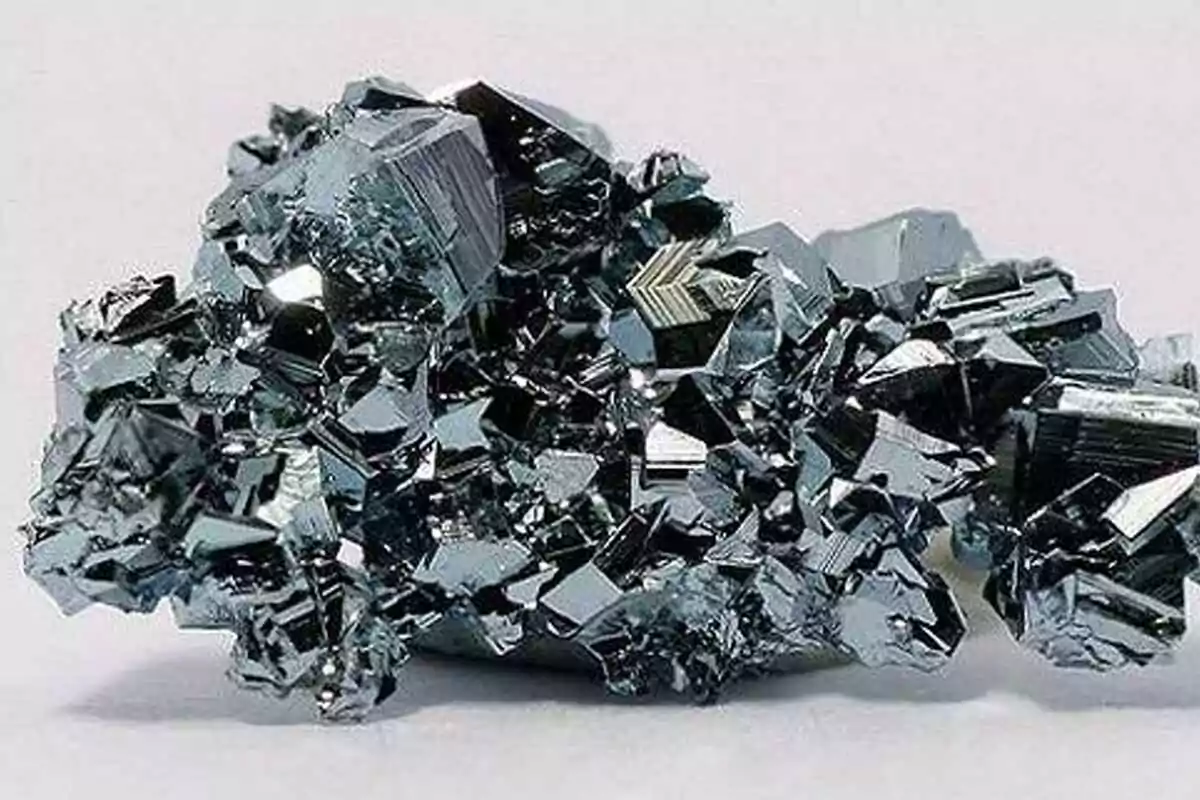
Signals pointing to the core
The differences in the isotope 100Ru between the core and the mantle are minimal but detectable with the new technology. The team from the University of Göttingen found unusually high levels of this isotope in recent rocks.
That suggests that the volcanic material comes directly from the boundary between the core and the mantle.
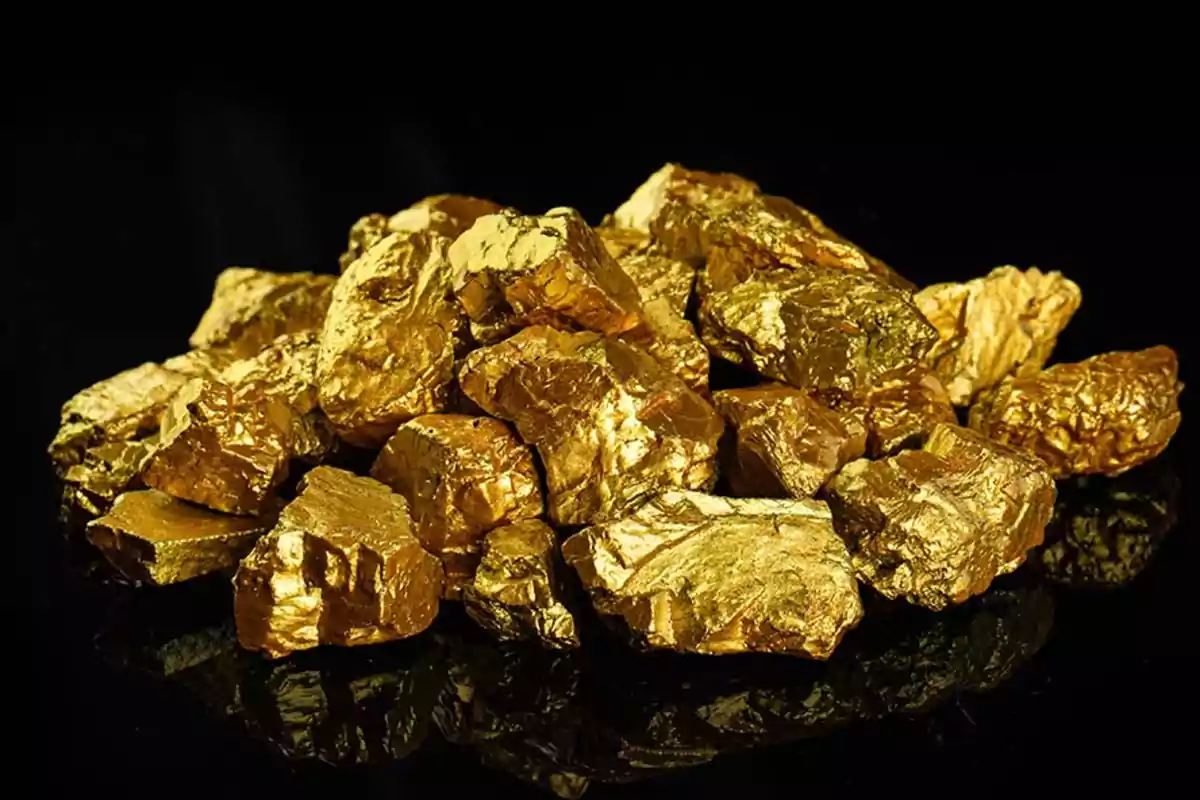
"We found gold"
Dr. Nils Messling, a geochemist from Göttingen, was clear: "When we received the first results, we realized that we had found gold."
The data showed that material from the metallic core is seeping into the Earth's mantle.
This phenomenon had never been documented with such clarity.
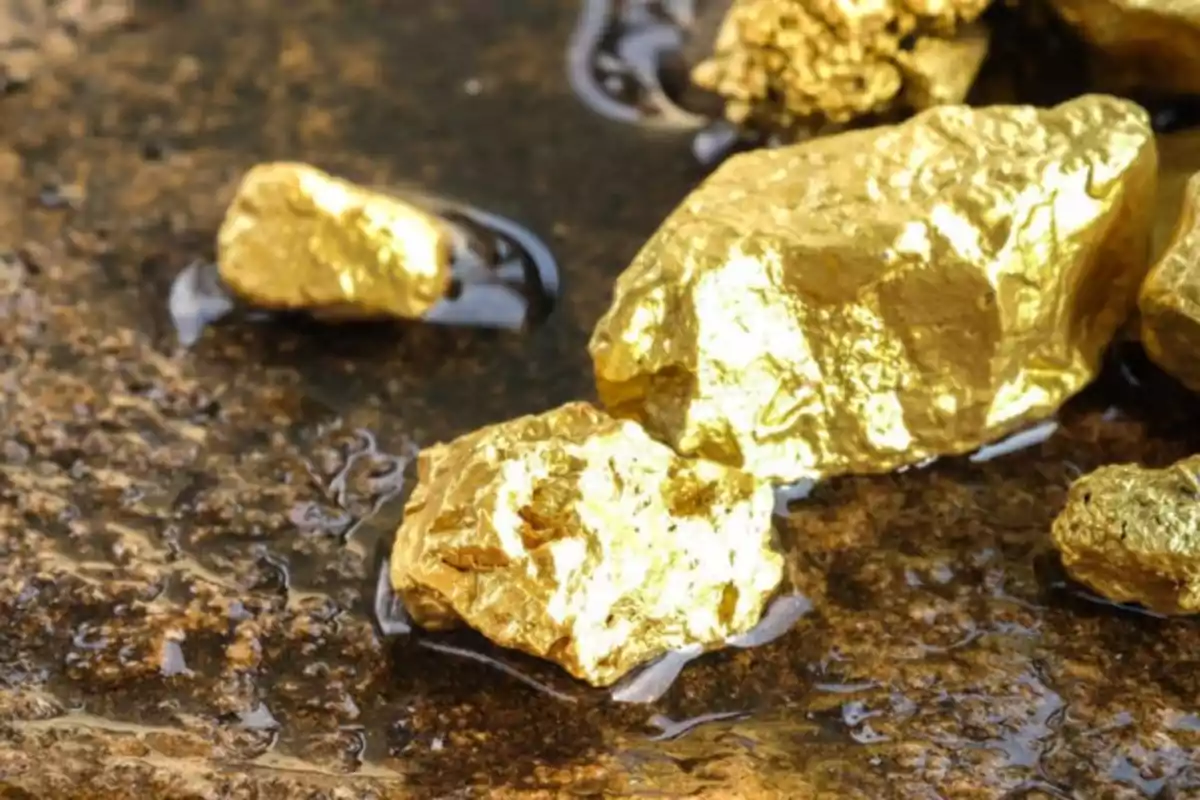
Can that gold be used today?
For now, no. The detected gold is not accessible, but its origin could have implications for science and industry. These processes could explain the presence of key metals for clean technologies and electronic systems.
Additionally, they help to better understand how the planet behaves internally.
More posts: